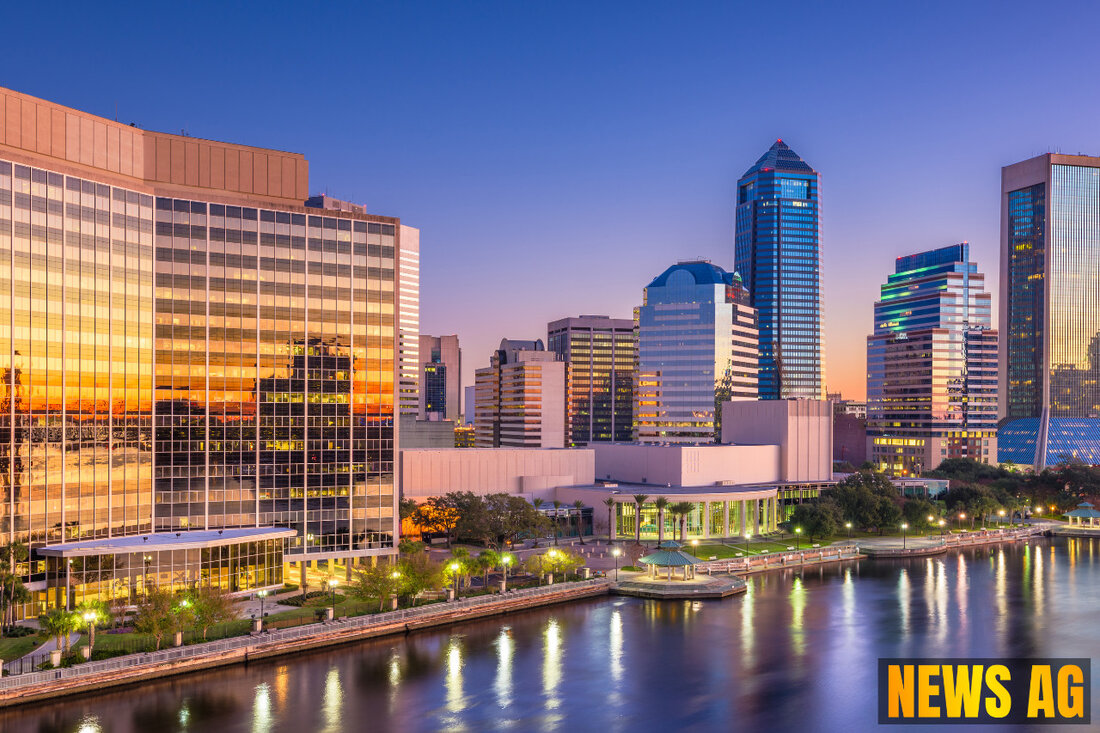Delray Beach Stands Firm: Pride Crosswalk Survives State Pressure
West Palm Beach highlights resistance against state directives on Pride crosswalks, focusing on community identity and local governance.

Delray Beach Stands Firm: Pride Crosswalk Survives State Pressure
In a bold stance for inclusivity, Delray Beach officials have decided to maintain a Pride-themed intersection, pushing back against recent pressures from state authorities. This decision comes after the Florida Department of Transportation suggested that rainbow crosswalks pose safety risks, a claim notably echoed by U.S. Transportation Secretary Sean Duffy, who called such installations „dangerous.“ However, Delray Beach Commissioner Rob Long argued that yielding to such threats would symbolize a „legacy of cowardice and capitulation.“ With the city’s vibrant rainbow crosswalk initially painted to honor the victims of the Pulse nightclub tragedy in 2016, the intersection has become a poignant landmark for the LGBTQ+ community.
What’s happening beyond Delray Beach? Cities across Florida are grappling with similar challenges. Key West is currently exploring legal avenues to uphold its rainbow crosswalks, while cities like Fort Lauderdale, Miami Beach, and Orlando have openly defied state directives. In stark contrast, Boynton Beach and West Palm Beach have chosen to comply with the state’s demands to remove their rainbow road paintings. As the debate intensifies, Long voiced a pertinent question: when should a city stand its ground, and when should it concede without a fight?
The Essence of Pride
The concept of Pride, far beyond its colorful symbols, is a complex emotion deeply tied to personal identity and group belonging. According to Wikipedia, Pride serves as a secondary human emotion associated with satisfaction in one’s identity and accomplishments. It’s often seen as the counter to shame, standing as a beacon for movements that seek equality, including Gay Pride—a term originating from the aftermath of the Stonewall riots. The rainbow flag, a powerful symbol of this expression, embodies the diversity within the LGBTQ+ community.
Interestingly, Pride can also encompass negative connotations, viewed by some cultures and philosophies as a vice or a sign of hubris. However, within LGBTQ+ circles, it represents acceptance, resilience, and the joy of self-identification against societal pressures. Events celebrating this Pride have flourished since the 1970s, contributing to a collective identity that continues to inspire action and celebration.
Resilience and Defiance
Pride, as defined by Merriam-Webster, encapsulates self-esteem and confidence, traits that resonate strongly among communities fighting for recognition and rights. The city of Delray Beach, by choosing to uphold its rainbow intersection, sends a clear message of resilience. This moment underscores not only a dedication to honoring the past but also a commitment to progress in the face of adversity. As Pride Month approaches each June, such actions become even more symbolic, commemorating the journeys of those who fought for rights and recognition.
The intersection’s vibrant colors stand not just as an artistic statement but as a reminder that the fight for inclusion and acceptance is far from over. With ongoing debates around identity and representation, Delray Beach’s decision can serve as an encouragement for cities across Florida and beyond to take a stand. Pride, after all, is about embracing who we are and celebrating that together, come what may.

 Suche
Suche
 Mein Konto
Mein Konto